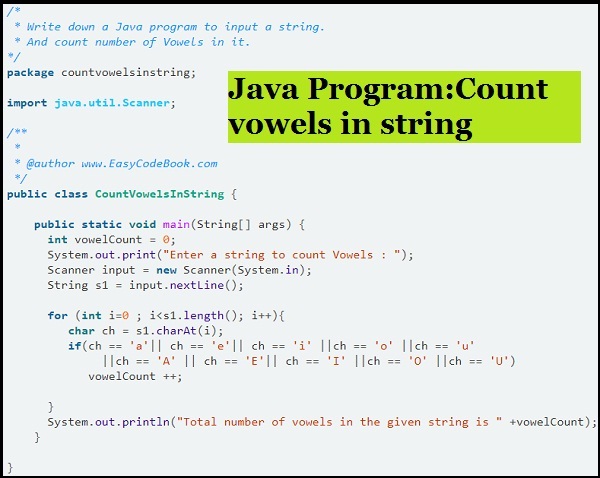

The operating system is used for things like opening files, doing input or output, starting other processes, and looking at the system clock: operations that involve resources that many processes must share. “User CPU time” gives the CPU time spent by the current process (i.e., the current R session) and “system CPU time” gives the CPU time spent by the kernel (the operating system) on behalf of the current process. The first two entries are the total user time and system CPU times of the current R process and any child processes on which it has waited, and the third entry is the ‘real’ elapsed time since the process was started. Proc.time returns five elements for backwards compatibility, but its print method prints a named vector of length 3. Sys.time returns an object of class "POSIXct".

Sys.time returns an absolute date-time value which can be converted to various time zones and may return different days. Elapsed real time includes I/O time, any multitasking delays, and all other types of waits incurred by the program. In contrast, elapsed real time (or simply real time, or wall-clock time) is the time taken from the start of a computer program until the end as measured by an ordinary clock. This is typically used as a synonym for unfortunately, wall time is itself ambiguous. Time as represented by the Operating System. It is not related to the “real time” of “Real Time Systems.” It is sometimes called “wall clock time” to avoid that ambiguity unfortunately, that introduces different ambiguities. This differs from in that it is not, but they should otherwise advance in lockstep. It is typically measured in rather than, and typically does not advance while the process is suspended. CPU seconds can be important when profiling, but they do not map directly to user response time, nor are they directly comparable to (real time) seconds. CPU seconds are often normalized (so that a variable number can occur in the same actual second). Ī measure of how much CPU effort has been spent on a certain task. The CPU time is measured in clock ticks or seconds. 2–4 CPU TimeĪccording to Wikipedia, CPU time (or process time) is the amount of time for which a central processing unit (CPU) was used for processing instructions of a computer program or operating system, as opposed to elapsed time, which includes for example, waiting for input/output (I/O) operations or entering low-power (idle) mode. It can be used to generate a unique (and ordered) timestamp, but these timestamps cannot be mapped to tick creation may well be bursty, with several advances in the same millisecond followed by several days without any advance. A counter is strictly monotonic, but not a monotonic clock. 2–3 CounterĪ clock which increments each time a certain event occurs. This PEP is primarily concerned with clocks which use a unit of seconds.

Different clocks have different characteristics for example, a clock with nanosecond may start to after a few minutes, while a less precise clock remained accurate for days. 2–2 ClockĪn instrument for measuring time. Provided by existing function time.localtime() and time.gmtime(). 10:45:13am is a Civil time 45 seconds is not. There are a few tricky terms we have to go through before moving forward. Furthermore, the counter value is reset every time the CPU is powered up or reset. The counter resolution is highly dependent on the system’s hardware, the value cannot be reliably related to real-world time or even compared between systems in most cases. On modern systems, it is measured using a CPU counter which is monotonically increased at a frequency related to CPU’s hardware clock.

#COUNT RUN TIME PYTHONOD CODE#
whether this version of code runs faster than that version of code). This is mainly used to evaluate relative performance (e.g. a unit-less value which is proportional to the time elapsed between two instants. It can be used only to measure time intervals, i.e. Relative time is has no defined relationship to real-world time, in the sense that the relationship is system and implementation specific, returned by time.perf_counter() and time.process_time() in Python. This “ real-world time” is also subject to modifications based on your location (time-zones) and season (daylight savings) or expressed as an offset from UTC (also known as GMT or Zulu time). It is maintained by the dedicated hardware on most computers, the RTC (real-time clock) circuit is normally battery powered so the system keeps track of real time between power ups. so-called wall clock time in some special contexts.) (1) Two Types of “Time” 1–1 Absolute TimeĪbsolute time is the “real-world time”, Returned by time.time() in Python.


 0 kommentar(er)
0 kommentar(er)
